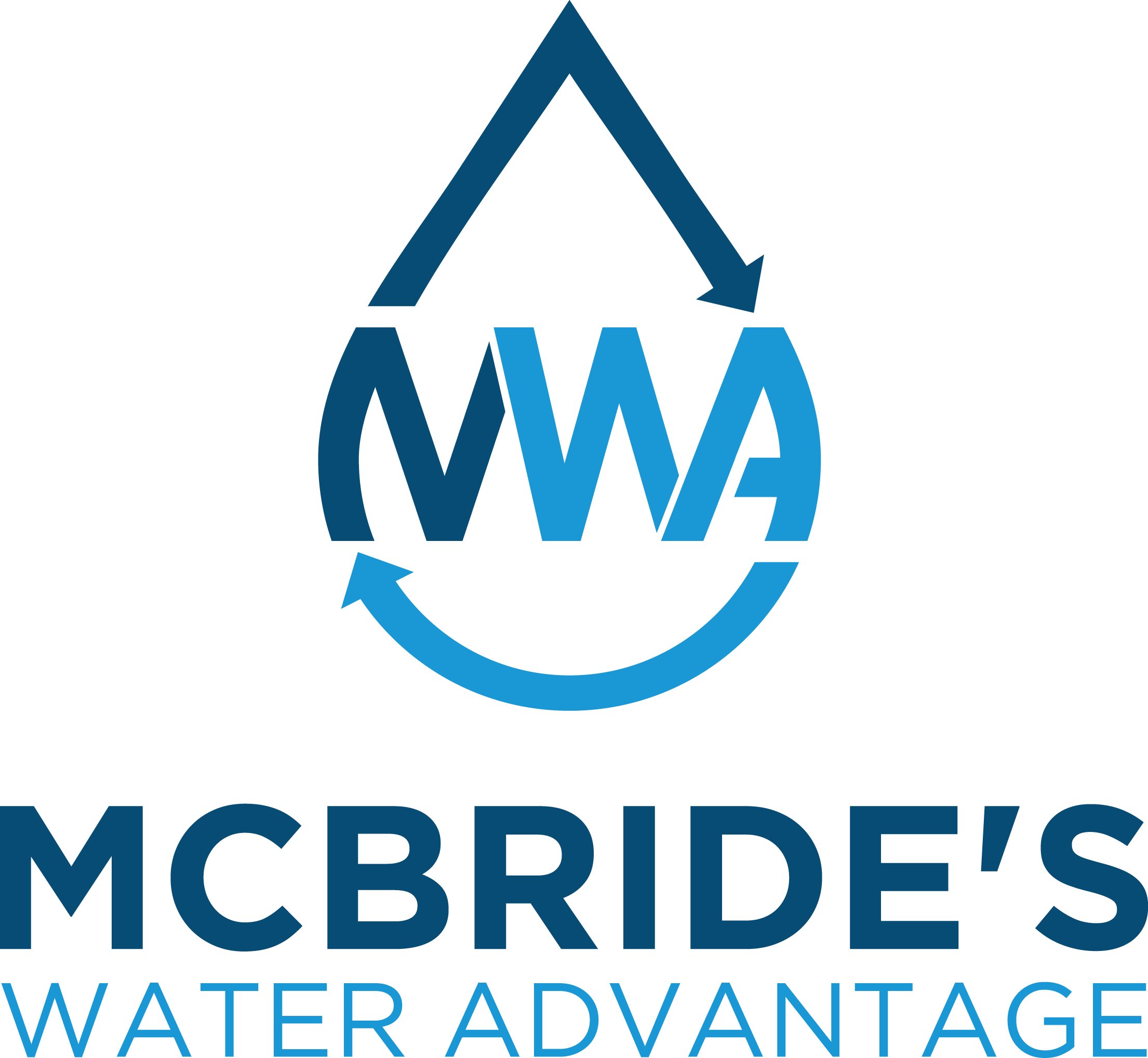 Water wells are pretty amazing systems. They take water that’s already available underground and bring it up to your home for use in all of your taps. But water doesn’t naturally shoot up from underground with enough force to travel through your home’s pipes. To do that, your well needs a water pressure tank. Today we’re going to talk about how a water pressure tank works, some common problems that occur with them and what you should do if your home has bad water pressure from your well!
Water wells are pretty amazing systems. They take water that’s already available underground and bring it up to your home for use in all of your taps. But water doesn’t naturally shoot up from underground with enough force to travel through your home’s pipes. To do that, your well needs a water pressure tank. Today we’re going to talk about how a water pressure tank works, some common problems that occur with them and what you should do if your home has bad water pressure from your well!
How does a water pressure tank work?
Water wells have a pump that brings water up from underground. When this water makes its way above ground, it is delivered directly into the water pressure tank. A water pressure tank is separated into two parts. The top of the tank is filled with pressurized air, and the bottom of the tank is filled with water. Depending on the model of your pressure tank, there may be a diaphragm or bladder that physically separates the water from the air.
As water is added to the pressure tank, the pressure coming from the air above it increases. The tank will continue to accept water from the pump below until it reaches a specific internal pressure, which is typically around 50 pounds per square inch (psi). At that point, the water pump shuts off.
When you turn on a faucet, the air pressure from the tank pushes water out with enough force to give you the same water pressure that you’d expect from a city water tap. As water leaves the tank, the pressure inside slowly decreases. When the pressure dips below a specific threshold (somewhere between 20-40 psi), the water pump turns back on and brings more water into the pressure tank. This process repeats itself over and over as the pressure inside the tank fluctuates up and down throughout the day.
Common problems with water pressure tanks
There are a few common problems that come up with water pressure tanks, including:
- Torn bladder. Most water pressure tanks nowadays have a bladder that separates the water from the air. If this bladder tears, the air and water will no longer be separated and the tank will not be able to produce proper water pressure.
- Water logging. Older water pressure tanks do not have a physical barrier between the water and the air. If the tank draws in too much water, an issue known as water logging, there won’t be enough air available to provide adequate pressure when water leaves the tank.
- Pinhole leaks. Just like any part of your home’s plumbing system, a water pressure tank can develop a pinhole leak due to corrosion or something coming into contact with the tank. A leak will not only cause pressure problems, but it will also force the water pump to turn on and off much more frequently, which can wear it out.
Contact McBride’s if your home has bad water pressure coming from your well
If your home has well water and you notice that the water pressure coming out of your taps is either too low or frequently fluctuating, contact McBride’s. We will inspect your well pump and your water pressure tank and either make the necessary repairs or install a new pressure tank for you.
If you have any questions about how a water pressure tank works, or if you’d like a water system serviced or installed in your home, contact McBride’s Water Advantage, your water softener and water filtration system dealer in Epsom, NH. We provide service all over New Hampshire, including towns like Deerfield, Alton and Chichester, NH.
photo credit: sally_monster via photopin (license)
